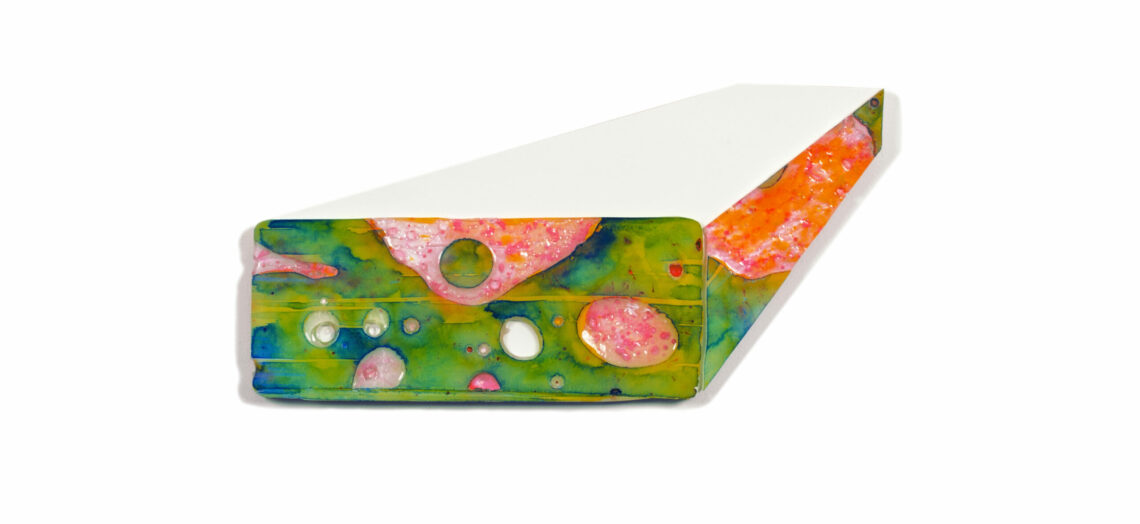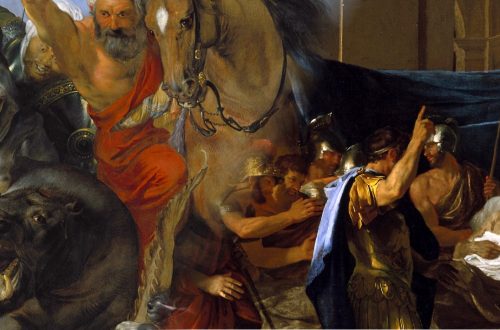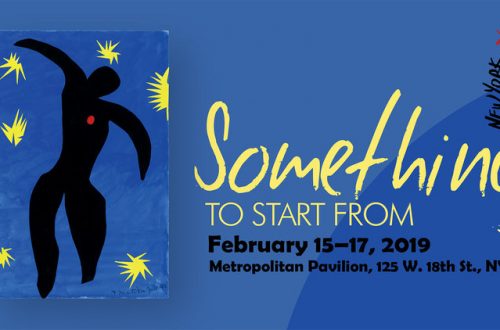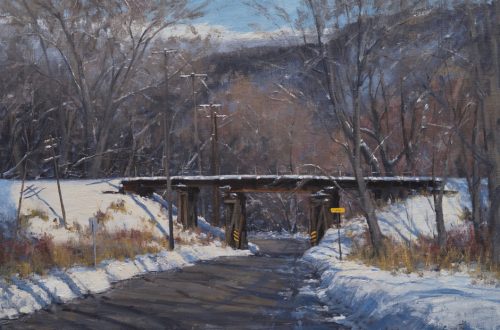My interest in abstraction began as a child. I did not perceive the things around me as other children did. Patterns and colors would jump out at me completely independent from the reality to which they were assigned. Intuitively I knew that this was not how most people looked at the world but it didn’t frighten me. My unique outlook was important for my personal journey and I embraced it wholeheartedly. I first approached abstraction through sculpture—specifically the materials they were created from. What metaphorical weight do particular materials hold? How can these materials convey a message or a story to the viewer?
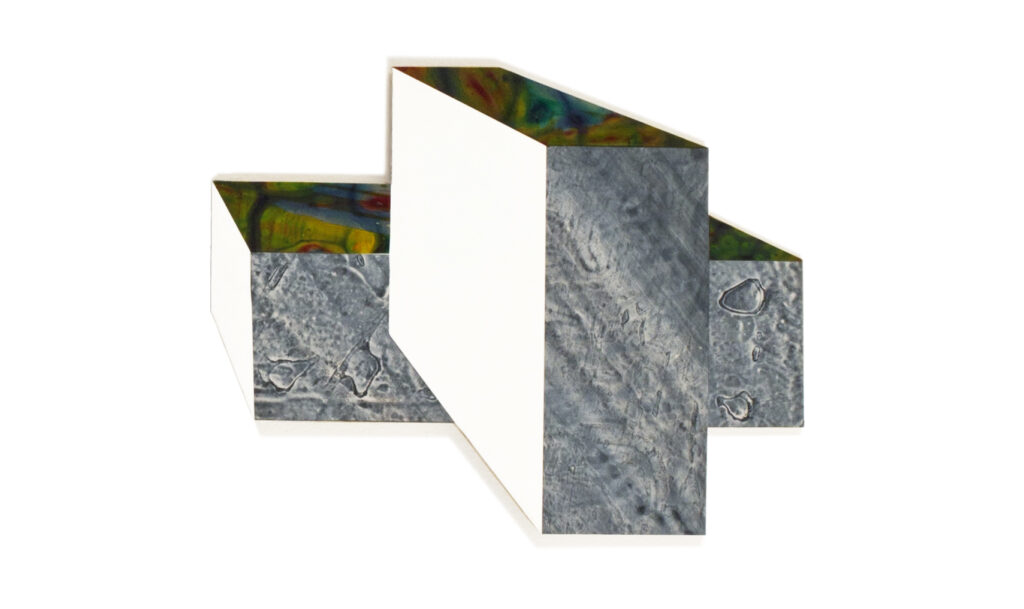
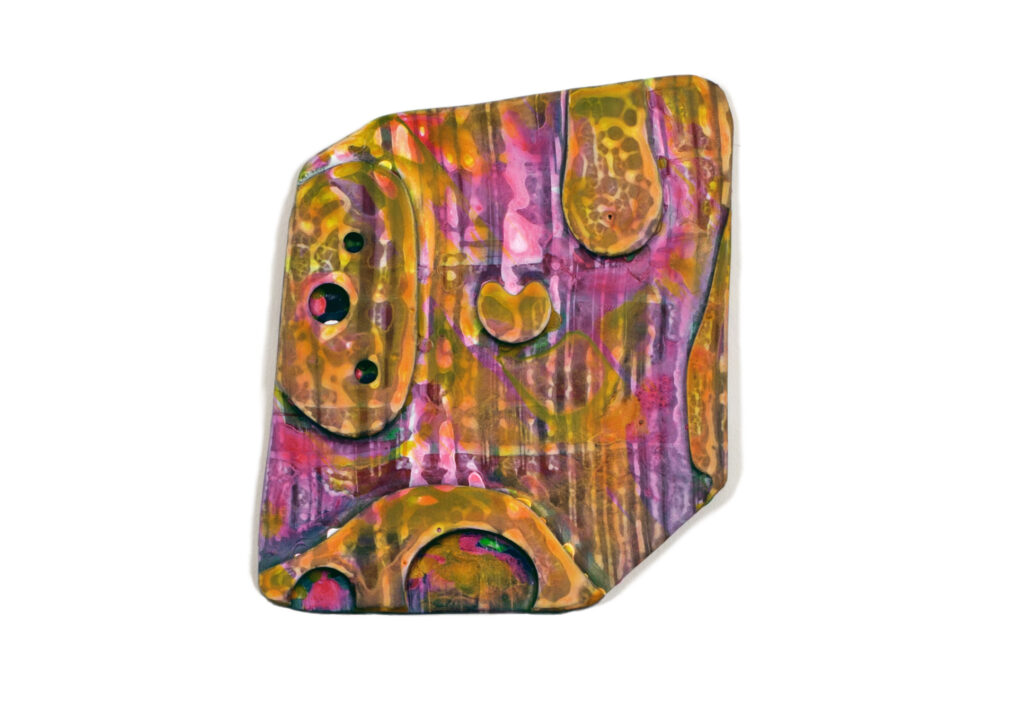
After some time working three dimensionally I turned to painting, approaching this
medium in a similar regard. Although I was making abstract paintings using form, line,
and color, the work still dealt with material meaning. During this process I would use
various viscosities of paint as a tool to create abstract forms on the surface. Over time I
discovered that the most important part of my painting practice focused on accepting a
lack of control, and working within those parameters. Achieving that balance was a form
of meditation and it felt like I was having a direct conversation with the Chinese ink
painters of ancient times.
Consequently, in exploring the meditative possibilities of painting, I led myself to the
subject of faith. I researched theology and coupled the findings with my Catholic
upbringing as source material for new work. During this time I compared nature with
organized religion and posed the question: do we have an inherent desire for blind faith,
whether it be through religion, mythology, or anything else? When focusing on this
subject I make use of occult idolatry and symbolism as a platform to understand how we
comprehend and cope with our existence.
Most recently, my work attempts to understand how the perception of the artist has
changed and morphed throughout history. In doing this I have decided to reach back to
a time when religion was not yet fully formed, focusing on the time between the Classical
Period of Ancient Greece and the Hellenistic Period at the beginning of the Roman
Empire. In the Classical Period of Ancient Greece the artist was held in low regard,
no different from a mechanic. The term used was “banausos” in broader terms it meant
low and vulgar. Early philosophers believed that art was an act of imitation “mimesis”
and nothing more. This attitude began to change early in the Hellenistic Period when
thinkers of the time began to recognize the artist’s imagination as an important factor in
the making of a great work. I believe that this was a turning point that ultimately led
to the acceptance of creativity.
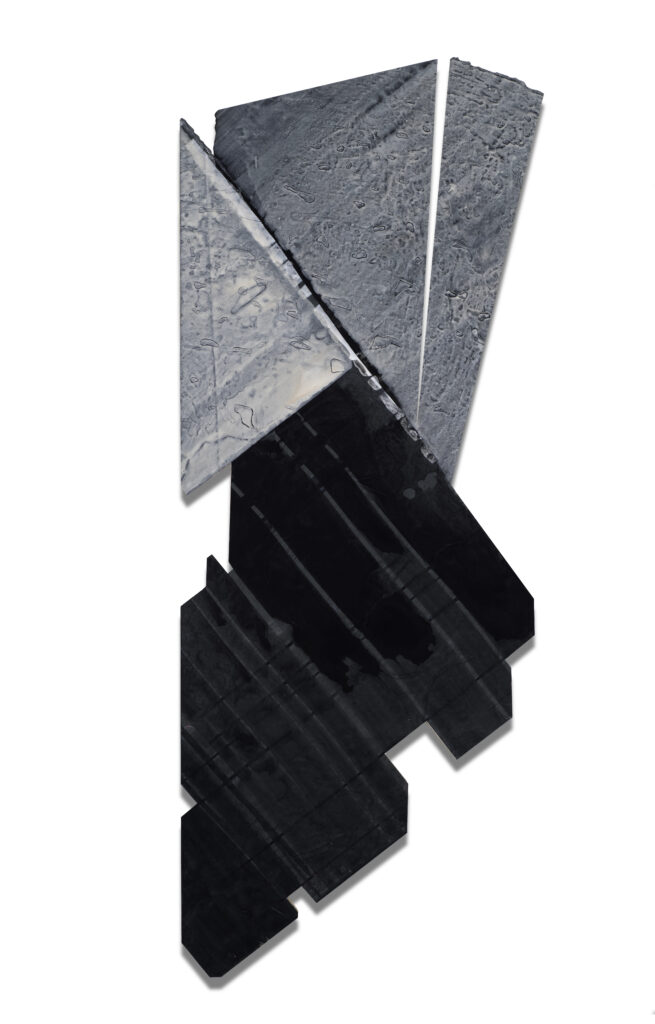
For more examples of his work visit Matthew’s website.
Header Image: “Jelly Perspective Series 6,” (Acrylic paint, epoxy on wood panel, 2019 10×19.5x.5 inches), Matthew Paul Cleary
